We all have idyllic images of the time of year when the grape harvest occurs. The fall air is crisp, and the leaves transform into autumn colors. And images of barefoot grape stompers frolicking in vats of juice and crushed grapes come to mind. But a fantastic transformative cycle of life and growth leads to the joy of harvest at October One Vineyard.
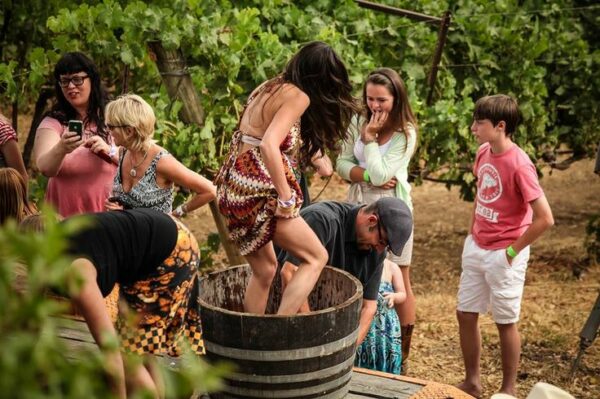
During the winter months, up until about March, our grape vines go dormant. A term from the Latin word dormire is “to sleep.” How often have we sped past stark leafless vineyards during winter, loudly yapping with our music blaring, not considering the quiet resting vines? Shhh, they’re sleeping!
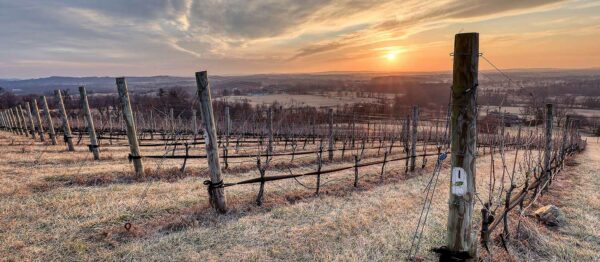
In early spring, when the ground temperature reaches 50℉ at our vineyard in Bluemont, Virginia, the vines wake from their dormant state and begin to weep. Grapevine weeping is like sap running from a Sugar Maple tree in early spring. The maple sap is expressed and collected through holes bored by tree farmers. Likewise, grapevines weep for several days from the stubs left from vine pruning. A single vine can weep up to six wine bottles of water during this phase. The water is pushed up from the roots and contains trace amounts of acids, minerals, and sugars.
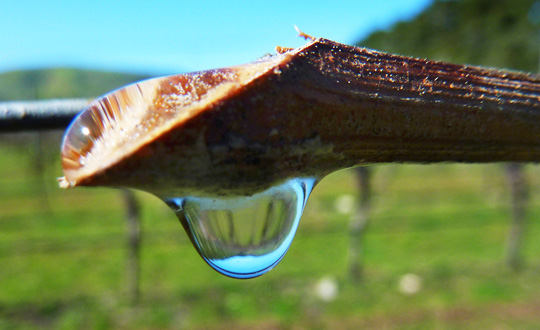
It is as if the weeping washes away the remnants of the previous year and makes way for new life. Suddenly, the vine comes alive, and bud break occurs. This is an exciting moment for October One Vineyard as little mottled green buds about the size of a dime emerge from nodes on the vines. Shoots and leaf growth pop out from the buds; each bud contains up to three shoots, with one dominant shoot taking the lead. The shoots grow rapidly and, in all directions, quickly increase in length while producing leaves and tendrils. Left uncared for, they will grow without restriction and support themselves using their tendrils to attach to fences, wires, and other vines. Growth accelerates as the leaves absorb the sun’s energy, and photosynthesis begins.
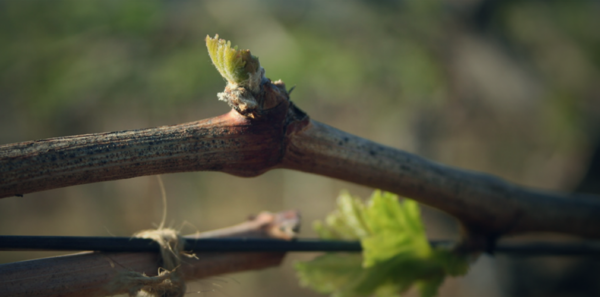
Flowering and fruit set starts about a month or two after bud break, with tiny clusters of flowers growing from the shoots. Each flower has the potential to become a grape if pollinated. Self-pollination occurs as pollen is blown about, and the flowers are fertilized to create a grape seed that then develops into a grape berry, as they are called at this stage.
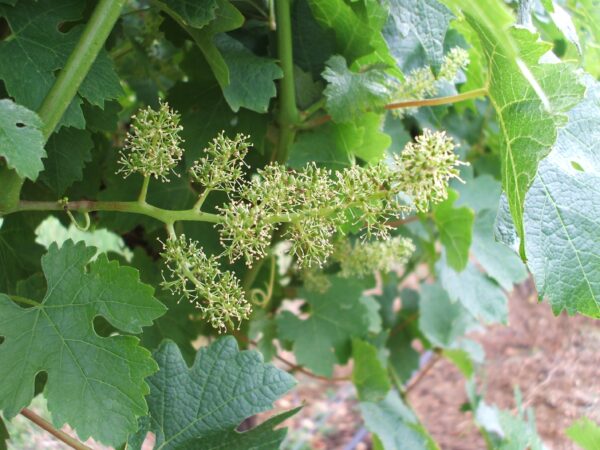
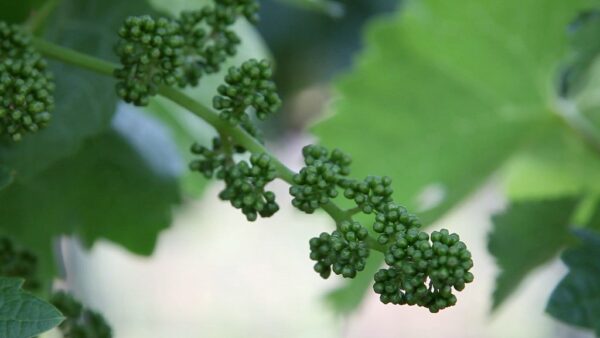
Veraison and berry ripening result from another month or so of growth. The word veraison comes from the Latin versionem, meaning “a turning, a transition.” And it is at this point that the tiny grapes’ color transitions from green to translucent, golden, or in the case of red grapes, a shade of red. As the color turns, the grapes enlarge, soften and increase in length. All the while, seeds develop, fruit sugars increase while the acid levels drop.
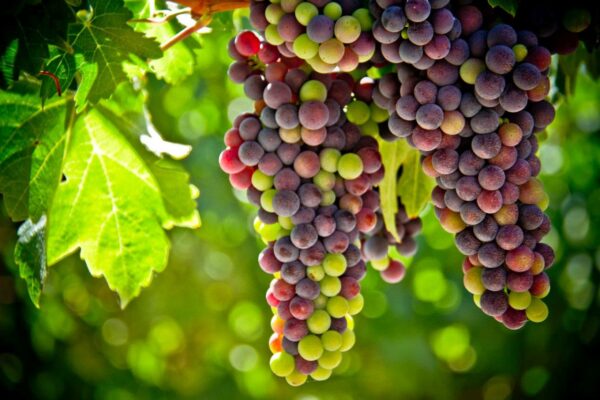
Commonly harvest is performed 140 to 160 days from bud break. At this point, grape sugar levels and the phenolic (plant things) compounds have ripened. A date is set for removing the grapes from the vine based on sampling the grapes, availability of harvest crews, weather, grape sugar, and acid levels. Once removed, the grapes are transported to Walsh Family Winery to begin winemaking.
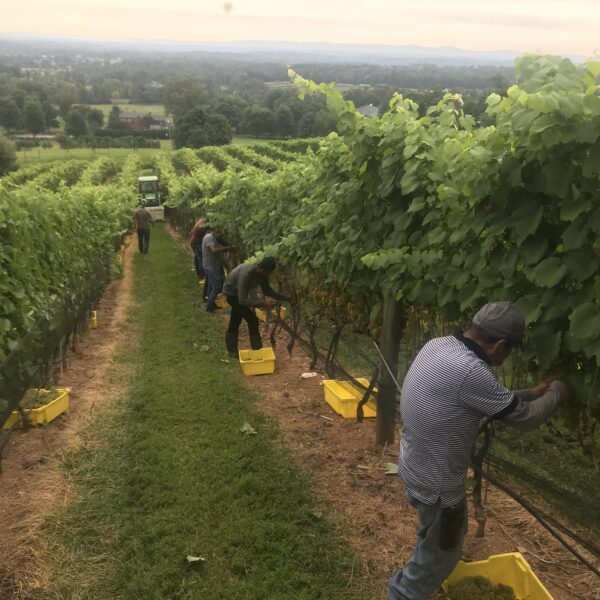
As autumn comes with cold nights, the vines again transition to their dormant state to protect themselves from the coming winter. As leaves of trees turn to fall colors and drop their foliage, so do grape vines. During this time, the sap slowly retreats into the root system, where it is stored for spring. Once dormant, our vineyard crew prunes the vines, removing most of the year’s growth. This is done to make the vines manageable for the following season.
We are excited about our wines and the wines of Virginia, which we offer at our tasting shop at 7 Loudoun Street in downtown Leesburg, Virginia. Stop in and taste before you buy or shop online via our website.
Pingback: URL
Pingback: skyjournals.org
Pingback: buy monster in bulk